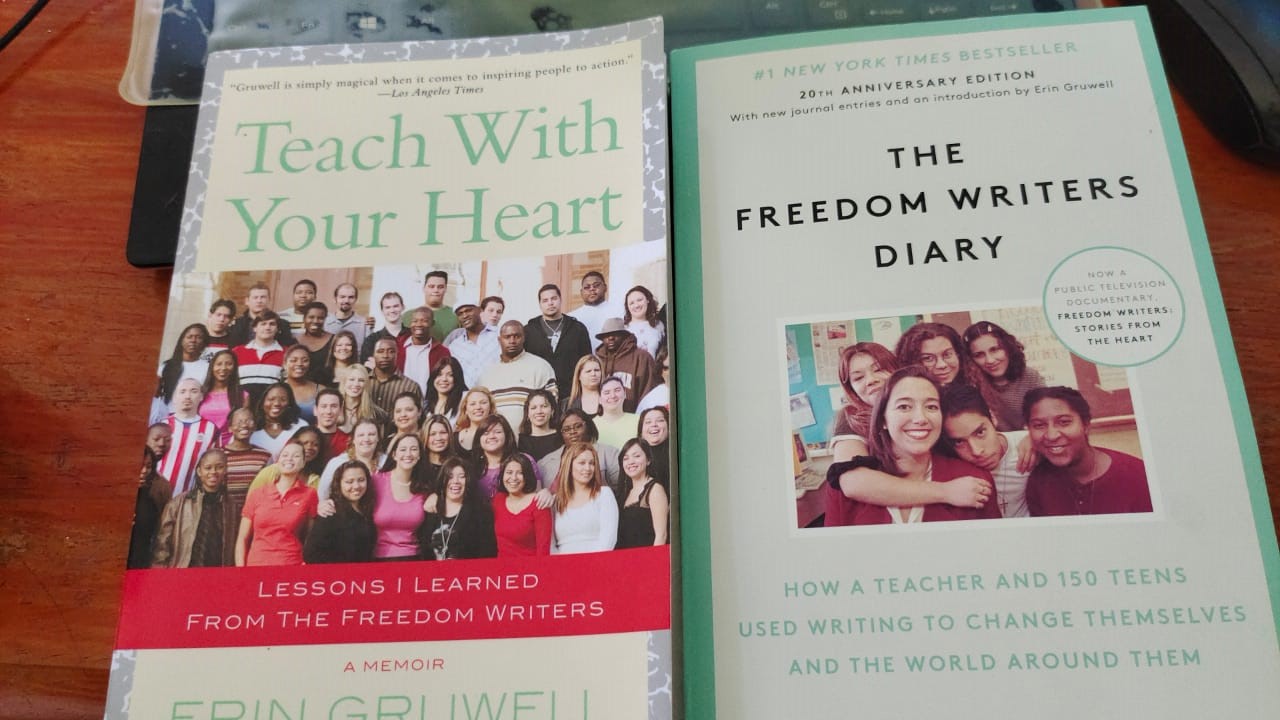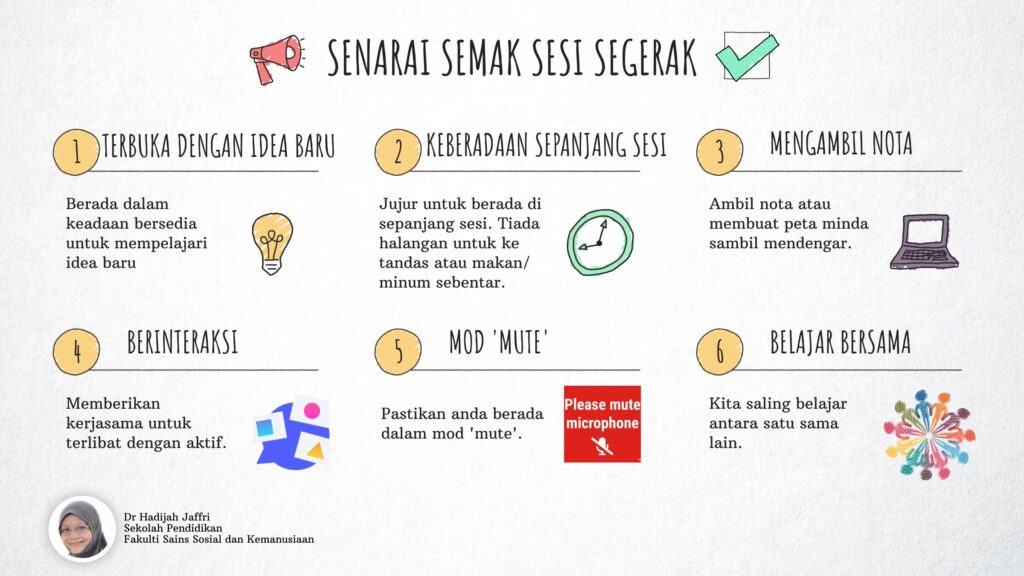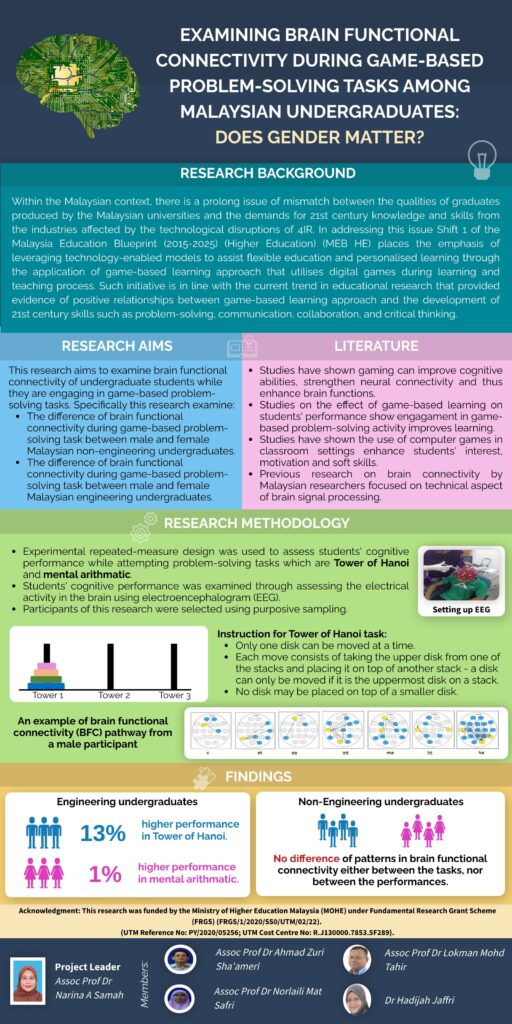One of my postgraduate students asked for my home address. I was reluctant to give it to her. But then I remember that she borrowed my book when she started her research. So, I don’t have other choice than to give my home address for her to return my book.
It was nearly maghrib when I heard someone was talking outside my house. I went outside to see the person. It was a delivery guy. The package delivered was for me. Who is the sender? I didn’t buy anything online. Well, the only thing that I buy online is book. It is essential.
The package that I received was carefully wrapped. As I opened layers of bubble wrap, I finally saw a box. A watch? A pen? I looked at the name written in the box. Unfamiliar name. I googled it. I find out about this company that I never knew exist.
There is a card. There are only few students who addressed me (inaccurately) as Prof. I cringe whenever people call me that. I am not one (yet) and do not aspire to become one either.
I remembered when she asked me what I want for a gift. I told her that an e card that she can make using Canva is sufficed. FOC. But she said that it is not enough to show me her appreciation. I don’t need material things. The watch that I got from a former student lies on top of my dresser. Rarely been used. I never bought myself such an expensive watch nor gifted someone with such an expensive give. The pen that I got from another student also was left unused in my office.
When I opened the box, I was speechless. I saw an engraved pen with my name as I opened another smaller box. This will be the second pen that was gifted to me that I would probably will not use. Let’s face it. The most expensive pen that I use costs me less than RM10 (highly recommended by fellow teachers). My favorite pen costs me RM1 which I bought in bulk (when I was at school in 2018 which I still have until now).
Now, what should I do with this gift? I cannot regift it because it has my name on (tongue in cheek remark!).



